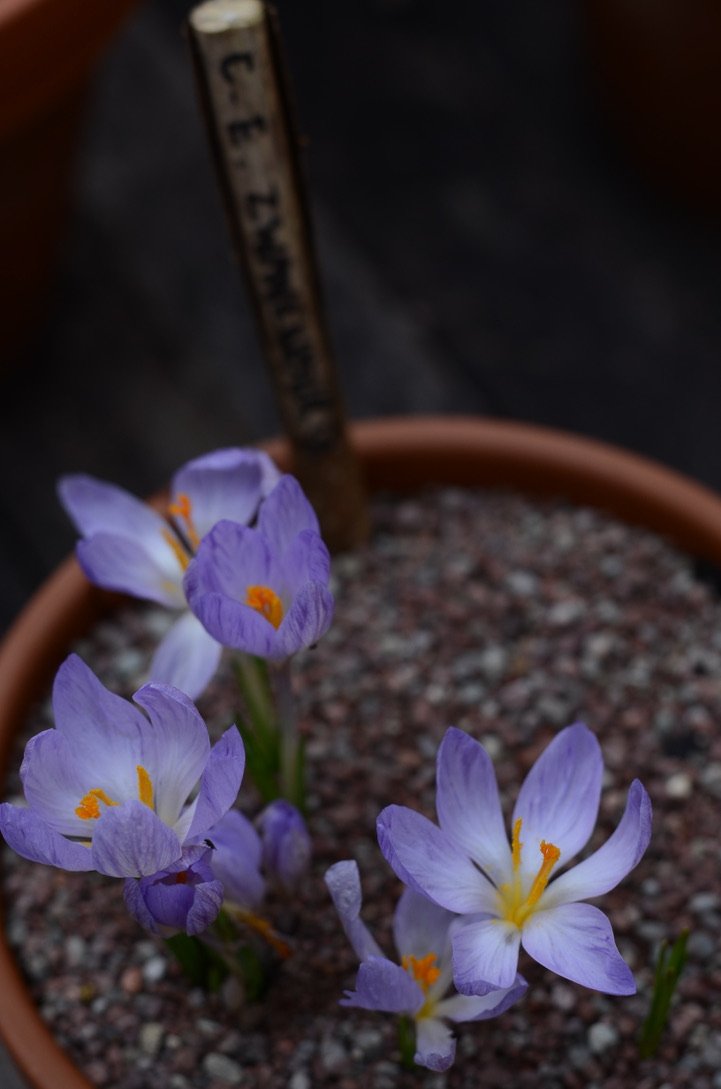early risers

Ribes sanguineum
As Spring arises it brings with it a pulse of anticipation, a moment that will infuse the garden with life, plants stirring beneath the soil and the newly planted trees eager to display their first blossom. As the garden has evolved over the last few years it has been working towards this moment, a shift from the bold forms that have laid bare and uninterrupted thus far to a more harmonious, softer character. After a mild start to the year it brought with it a false sense of security, a colder snap of icy mornings entering into April proved to show that nothing is for certain.
A few mature Magnolia x Soulangeanas dotted about on our daily commute became casualties to these hard frosts, a daunting moment that is on everyone’s mind after they break into glory, their soft flower tissue sensitive to this fluctuation sit brown and discoloured, stripping the delicate petals of their moment of early bloom. We were pleased with our choice of using M. Sieboldii and Wilsonii as currently they lie cushioned by the warmth of bud. They are later flowering varieties that do not provide the impact in Spring, but slowly and safely open to reveal a more delicate dance in Summer. We do not celebrate the Spring flowering Magnolias in the garden, however we do have our own moment to look forward to in March, and this year the vivid display of the Ribes has once again been enough to settle us into the rhythm of Spring.
Galanthus S. Arnott
Last Autumn we decided to start a bulb trial, although not extensive, it allowed us to gage the direction in which we would take as we layer the garden with early risers - species and varieties that would provide a carpet of interest acting as a continuation from the Winter flowering Hamamelis and Chimonanthus. It didn’t come as a surprise that the two dozen pots we planted last Autumn would provide a welcome sight as February arrived. There is a simplicity when it comes to enjoying a single variety sitting in solus, it allows you to study their detailed and delicate beauty without any disturbance that would otherwise dilute it’s identity.
We have been planting bulbs in our private work for some time now and see the importance of building layers into a garden, layers that sit unassumingly until their moment arises to provide an illuminating display that unites the darker months with new beginnings. They are a fundamental part of a garden and although their presence is bold when they flower, which is greatly admired due to their bijou nature, there is a beauty in the simplicity of planting en masse. We are lucky enough to have different areas within the garden where we will look to encourage bulb communities in different ways. Our focus last Autumn was to work with species we would like to introduce into the lawned areas in the approach, a methodical distribution of bulbs that would continue until the perennials take precedence. Amongst the selection was -
Iris reticulata Katharine Gold’
Galanthus S. Arnott
Crocus tommasinianus
Crocus tommasinianus ‘whitewell purple’
Crocus etruscus zwanenburg
Fritillaria meleagris
Tulipa sylvestris
Crocus etruscus ‘Zwanenburg’
Crocus tommasinianus ‘whitewell purple’
Iris reticulata ‘katharine gold’
It was interesting to see the groupings of pots as a collection and it provided an indication of what we would like to see colonised in the lawn spaces. Pots allow for a bit more flamboyancy, its a bit like the cut flowers you bring into the house, there is a freedom to arrange plants that you wouldn’t necessarily put together in a garden scheme, and this felt similar. Of course the Galanthus would always sit softly so we will be exploring other varieties such as G. Atkinsii and G. Magnet in the damper ground by the brook. White is a colour that will always sit comfortably in a natural setting but it was the Crocus that made us think more carefully about our direction when it came to en masse planting, its not a decision you want to regret. The C. ‘Whitewell purple’ as uplifting as it was in the pots could possibly be substituted for the more muted C. Tommasinianus and C. Tommasinianus ‘Albus’, a tone more sympathetic and if it chooses to like you will self-seed readily and naturalise. The Tulipa sylvestris is one we chose to plant within the approach, it is in bud currently, with its gentle bowing nature, ready to reveal its bold yellow flowers in its sunny position. We will look to encourage this to naturalise in parts throughout the garden, the only native tulip in the UK and one that captures the essence of Spring.
There are still a few more species we are waiting for with anticipation, to make notes and to add to our notebooks. Although Autumn feels a distance away it is worth making plans readying us to take the leap into new territory and to relish the beginning of something small becoming something big.





